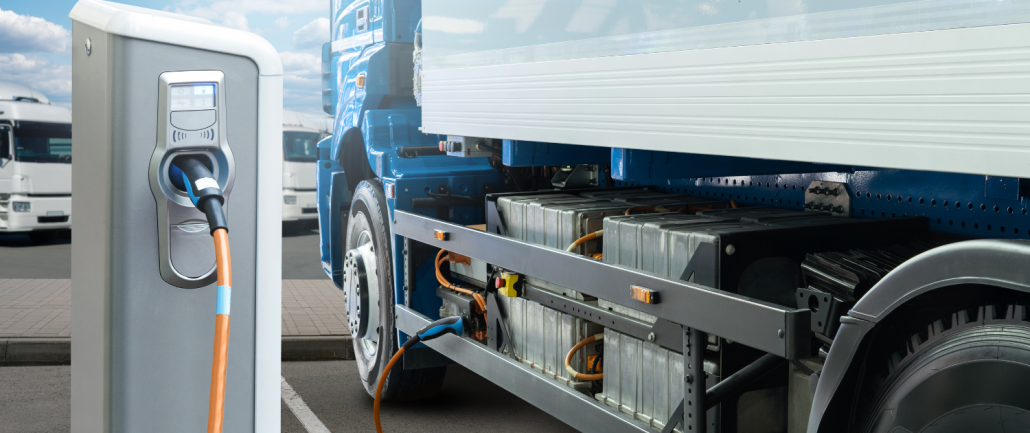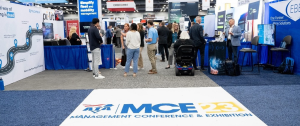
Trucking companies operate in an industry that is constantly shaped by policy decisions, infrastructure investments, and legislative changes. In 2025, two of the most pressing issues that could significantly affect operations are proposed increases to federal truck weight limits and continued efforts to solve the nationwide truck parking shortage.
It’s also important to know that these policy debates are not happening in a vacuum. Trucking associations and industry stakeholders are actively working with legislators to shape the outcomes in ways that will affect how carriers manage safety, efficiency, and compliance.
For carriers, staying informed is more than a matter of curiosity, it is a strategic necessity. Decisions made in D.C., and at the state level, can directly impact your bottom line, driver satisfaction, and long-term planning.
Highway Weight Limits: Efficiency vs. Infrastructure Strain
One major topic under consideration is the proposal to increase federal truck weight limits. Currently, trucks traveling on the Interstate Highway System are limited to 80,000 pounds, a standard that has been in place since 1982.
Advocates for raising this limit argue that heavier loads can improve efficiency by reducing the number of trips required to move goods. Proposals vary, but some suggest allowing six-axle trucks to carry up to 91,000 pounds, with some states proposing up to 96,000 pounds.
Supporters of these changes include major shippers, logistics firms, and some industry associations. They argue that with added axles to distribute weight, trucks can remain safe while increasing payload capacity. By shifting to heavier trucks, supporters claim it would reduce total vehicle miles traveled across the nation, which in turn would lessen fuel consumption and emissions.
However, opponents raise concerns about increased wear and tear on highways and bridges, along with potential safety risks. The American Society of Civil Engineers has consistently graded U.S. infrastructure as needing significant investment, and many transportation planners warn that raising weight limits without adequately funding repairs could backfire and lead to significant costs in repairs.
For carriers, this debate presents a double-edged sword. A change could mean more efficient hauling and fewer trips, but also higher compliance costs, equipment upgrades, or restrictions on certain routes that lack reinforced infrastructure.
Until clear guidelines are passed, be sure to monitor federal and state legislation closely and consider how different outcomes might affect routing, pricing, and equipment investments for your company.
Truck Parking Shortage: Safety and Compliance at Risk
An equally urgent policy debate is the chronic lack of safe truck parking, a problem that affects drivers across the country.
According to a recent joint report by the American Transportation Research Institute (ATRI) and AASHTO, there is only one available public truck parking space for every 11 drivers on the road. This shortage not only increases stress and fatigue for drivers, but can also lead to violations of hours-of-service rules, putting carriers at risk of penalties.
Several pieces of federal legislation have aimed to address this issue, including the Truck Parking Safety Improvement Act, which proposes dedicated funding for new rest areas, expanded parking at weigh stations, and improvements at existing facilities. While some federal grants have already been allocated to pilot programs in states like Florida and Tennessee, most of the country continues to lack adequate parking infrastructure.
Industry groups like the Owner-Operator Independent Drivers Association (OOIDA) and the American Trucking Associations (ATA) continue to lobby for stronger action and faster implementation. These efforts highlight the importance of unified industry advocacy. For employers, supporting these campaigns can help push the issue to the top of policymakers’ agendas.
Meanwhile, practical solutions include investing in real-time parking availability apps, scheduling support, and strategic route planning that considers legal rest options. Companies that help drivers find safe and legal places to park can reduce risk while also boosting retention and morale.
Policy Engagement and Advocacy
Remember that policy changes do not happen in isolation. The input of the trucking industry has already shaped recent legislative victories, such as exemptions for younger drivers in interstate commerce pilot programs or new investments in road repairs through the Infrastructure Investment and Jobs Act.
Carriers can benefit from joining or engaging more actively with industry associations. Whether through regional coalitions, national associations, or direct contact with lawmakers, collective advocacy can make a significant impact. Carriers of any size can also contribute by submitting comments during public feedback periods or attending local transportation board meetings.
By having a voice in policy discussions, you can influence decisions that directly impact business operations. Moreover, early awareness of upcoming changes allows for better long-term planning.
Staying Informed and Adapting
To remain competitive in this evolving environment, freight carriers must prioritize policy awareness and operational flexibility. That means regularly reviewing updates from trusted sources like the Federal Motor Carrier Safety Administration (FMCSA), ATRI, and industry associations. It also means building internal systems that can adapt quickly to new regulations, whether that involves driver training, technology upgrades, or revising logistics strategies.
In a regulatory environment that changes rapidly, companies that react slowly may find themselves at a disadvantage. Those that stay alert, involved, and ready to pivot will be better positioned to thrive regardless of the legislative outcome.
For more ways to stay ahead of the curve in the transportation industry in 2025, be sure to check out the rest of our Employer Blog posts and connect with us on social media.











